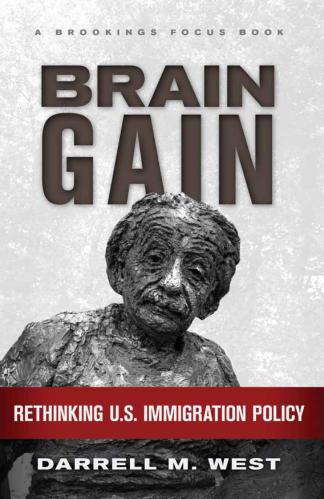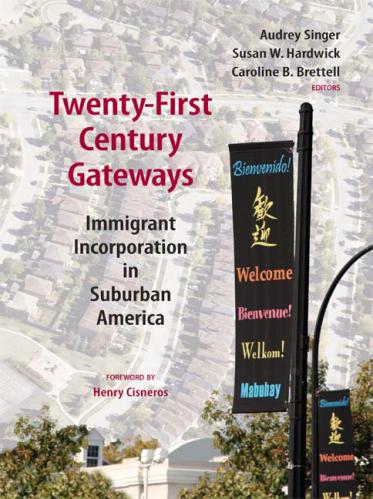The following was originally published in the Wall Street Journal.
If President Obama is serious about a comprehensive immigration reform, he’ll need to overcome two big problems: our softening competitive edge in the global market, and the hostile attitudes many Americans have about immigration. The way out? Establish a strong rationale for immigration that’s linked to our self-interest in innovation and long-term economic development.
In the years leading up to World War II, the United States recruited Europe’s top talent for our nuclear program. Scientists such as Albert Einstein, Enrico Fermi, and Edward Teller immigrated to America and played an instrumental role in securing our country’s future and developing its nuclear advantage.
Today, we need to think about a new “Einstein Principle” for our immigration policy. It would make brains, talent and special skills a priority. The point is to attract more individuals with the potential to enhance American innovation and competitiveness, increasing the odds for economic prosperity and rising living standards for all down the road.
At a time of high unemployment, the most pressing need is for more innovators who will start new businesses and create high-paying jobs. We’ve certainly done so successfully in the past.
A Duke University study by Vivek Wadhwa found that 25% of all the technology and engineering businesses launched in the U.S. between 1995 and 2005 had a foreign-born founder. In Silicon Valley, that number was 52.4%. Much of the high-tech boom of recent years has rested on immigrant entrepreneurship.
Yet only 15% of our annual visas are now set aside for employment purposes. Of these, some go to seasonal agricultural workers, while a small number of H-1B visas (65,000) are reserved for “specialty occupations” such as scientists, engineers, and technological experts.
The number reserved for scientists and engineers is drastically below the figure allowed between 1999 and 2004. In that interval, the U.S. federal government set aside up to 195,000 visas each year for H-1B entry. The idea was that scientific innovators were so important for long-term economic development that we needed to boost the number let in.
Meanwhile, other countries have taken the lead. Canada, the United Kingdom and Australia, for example, are more strategic in viewing immigration as a way to attract foreign talent. Canada, for instance, explicitly targets foreign workers in short supply who can contribute to their economy. It admits around 265,000 immigrants each year. Of these, 154,000 visas (58%) are set aside for economic purposes, such as skilled workers or live-in caregivers, while 71,000 (26%) are devoted to family reunification.
Canada’s percentages are nearly the reverse of national policy in the U.S. Here, nearly two-thirds of visas (64%) are devoted to family reunification, whereby foreigners who have come to America and become citizens can sponsor spouses, parents, children, brothers and sisters for citizenship. Unlike other countries whose leaders understand the value of skilled and seasonal labor for long-term economic development, we continue to place a very low priority on admitting immigrants with economic talents.
One of the virtues of the Canadian approach is that immigration is far less controversial among its general public — because people see how newcomers strengthen the national economy. With benefits widely understood, immigration is perceived as being very favorable for the country as a whole. In the U.S., the Gallup Organization has found that 52% of Americans say they want to decrease immigration; while in Canada, only 27% feel that way. Canadians embrace immigration because they understand how new arrivals benefit their country.
Unfortunately, the U.S. has put itself in an impossible position from the standpoint of public opinion. It admits a large number of legal immigrants who may or may not add to our prosperity and has lots of illegal ones on top of that. Instead of viewing immigration as a brain gain, ordinary folks see the economic and social costs as broad, and the benefits as narrow.
If we expect more Americans to support immigration, it must be obvious to them what the national benefits are. The problem with today’s policies is that they focus public and media attention much more on immigrant costs than benefits. That explains why no one likes the status quo, but comprehensive reform is so difficult to enact.









Commentary
Op-edWe Need an Einstein Immigration Policy
July 16, 2010